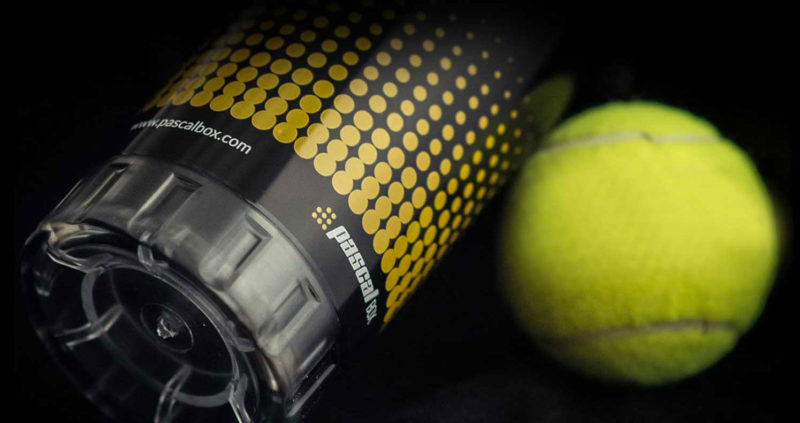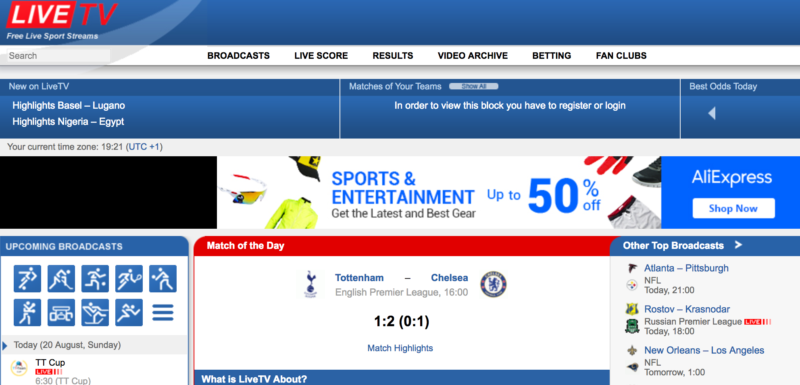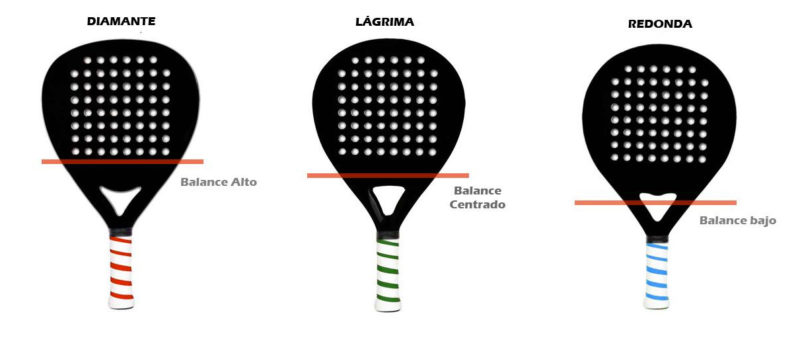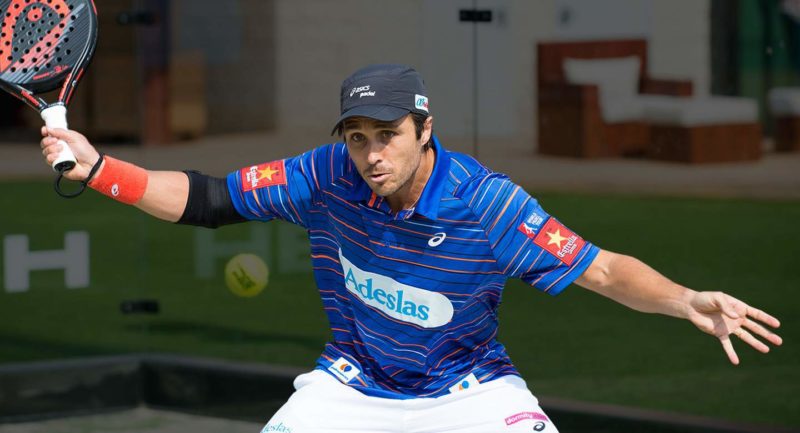
First off, let me start by saying that while I mention padel balls specifically in this post, it applies equally to tennis balls. So with that in mind, off we go.
One of the biggest costs of playing padel, after the cost of renting courts, is that of buying padel balls. Padel balls start losing their bounce as soon as they are taken out of their pressurized container, and during the match, as they are hit around they lose even more bounce. The result is that after two or three matches you will notice a clear difference in the bounce, indicating that it is time to open a new tube and throw away the old balls.
Obviously, that can get expensive pretty quickly, especially if you play a lot of matches every week. Also, during the second and third match, you will already be playing with non-standard balls as they would have already lost some of the bounce. This will affect your game as you will lack the constancy of a regular bounce. So we have the problem of cost and the problem of lack of consistency between one match and another. Keep in mind that throwing away so many padel balls isn’t so good for the environment either. Clearly, this is a significant problem that all padel players would love to find a solution for.
The good news is that I have finally found a great solution that is allowing me to keep using the same balls for up to twenty matches at a time. I can now keep my balls at the official pressure and enjoy the same bounce during every match. I eventually have to replace the balls not because they no longer bounce, but because the felt is so worn out.



 Ever wondered how a padel professional splits his day? There is no one better to follow than the world champion for 14 years, Fernando Belasteguin.
Ever wondered how a padel professional splits his day? There is no one better to follow than the world champion for 14 years, Fernando Belasteguin.